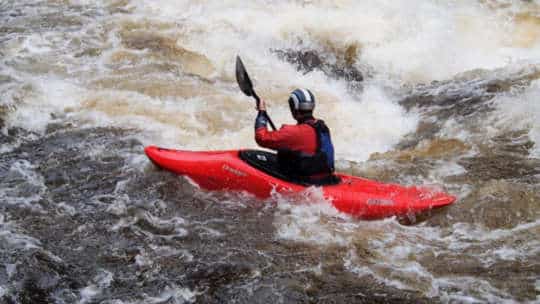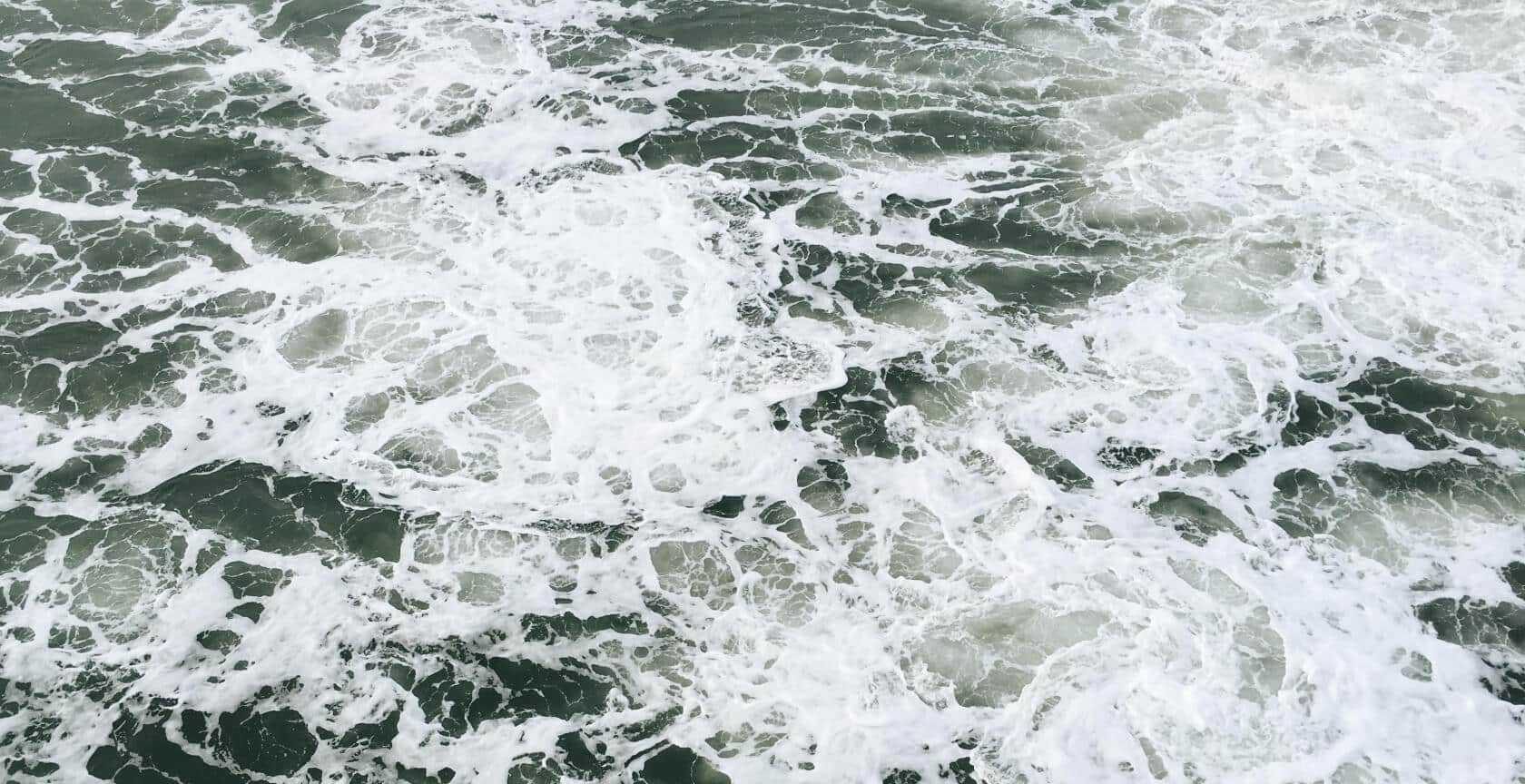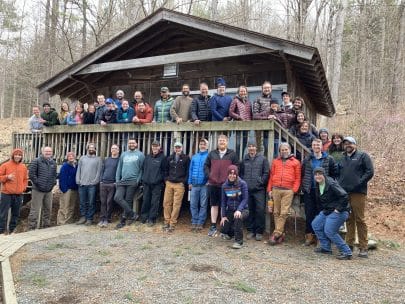Modern kayak design has afforded most paddlers the ease of just being able to sit in any boat that’s the correct size and feel like it fits. It’s certainly much less like the old days where lots of duct tape and scrap foam was required to really feel connected to your boat. But how do you know if your boat really is outfitted correctly for you?
If you’re lucky, you probably have one pair of pants that’s your favorite. They’re flattering to wear, but also comfortable. Not too tight, not too loose. Sitting down in your boat should feel like that favorite pair of pants. The goal of good kayak outfitting is to feel connected to your boat in order to have precise control over your boat’s movement, and should feel like an extension of your body. Hopefully, your favorite pair of pants should feel that way too.
Achieving that perfect fit in order to optimize boat control isn’t always as easy as just ratcheting the back band or moving a few thumbscrews. Reaching oneness with your boat may require some trial and error to find out what you like and what you don’t like, or maybe where you have pain after sitting in your boat for a long period of time. However, there is a baseline for boat fit that you can use. It is a must to have points of contact in the following places: your butt in the seat, your hips touching both hip pads equally, your thighs in the thigh braces, the balls of your feet touching the bulkhead or something similar, and your lower back touching the backband.
This next section will run through some common problems with outfitting and how to fix them.
Sitting Too Low or Too High in the Kayak
It’s pretty much a given that your butt will be touching the seat as soon as you sit down. However, the actual seat height plays in crucial role in balance and edging in your kayak. A good guideline is to think of your belly button being level with the cockpit rim. This is usually a good height that allows a nice mix of balance and control. Rodeo boaters will often prefer higher seats to give them more leverage when doing tricks, and people with heavier torsos might want to consider lowering their seat so that they feel more balanced.
My Feet Keep Falling Asleep in My Kayak
While kayaking does require a small about of flexibility, it’s often the outfitting that can be causing a lack of blood flow rather than tight muscles. Pins and needles in your feet and legs can be caused by one or a combination of these things; improperly fitting hip pads or awkward foot positioning. Hip pads are super important for boat control, because a kayaker’s lower body is doing all of the work. Make sure that your hip pads are snug against your hips, but are not squeezing you. Trying hopping into your boat on dry land and rocking the boat side to side. You should be able to roll the boat all the way over without feeling like you’re going to fall out. When you’re first outfitting your boat, make sure you’re wearing what you’re going to wear on the river. Everyday street clothes are often bulkier than river attire and may not give an accurate representation of how much hip space you need.
The ideal foot positioning inside of your boat should be comfortable, first and foremost. If you can not sit in your boat for more than five minutes without getting ankle pains or pins and needles, it’s not fitted correctly! You may need to move your bulkhead closer to you or move it back so that you’re getting solid contact on the balls of your feet. You shouldn’t feel like you have to bend your ankles awkwardly in order to get good contact, nor should you feel like you need to be reaching in order to touch. Be sure to take the time to get the right balance.
Thigh Brace Contact in the Kayak
Thigh braces are the most integral part of kayak outfitting, however, most manufacturers don’t allow for very much adjustment of them. The thigh braces are the control center of your boat, and your most valuable connection to the boat. Nearly every motion that you will perform in your boat should have some involvement of your lower body and thus your thigh braces. Ideally you want to have the thigh braces making full contact just above your knee. If you are feeling fatigue in your hip flexors after a long day of kayaking, you may be having to lift your legs or force your legs up into the thigh braces. A good way to fix this is to put some extra foam underneath the edge of your seat to help lift your legs up. Dagger Kayaks have a built in leg lift that can help get the same effect.
Other outfitting tips:
- Your backband is there to offer support, but should not be the only thing holding you up. Don’t over tighten.
- Ask other boaters to get ideas for the best outfitting or what’s worked well for them.
- Make sure you can wet exit safely from whatever outfitting you have in place.
- Don’t be afraid to try new setups or add foam to make your paddling experience more comfortable.
If you have any questions, swing by The Outfitters Shop! We are more than happy to spend some time with you to outfit your boat so you can enjoy your time on the river. All of the shop staff are also experienced kayakers with years of experience, so you know you’re getting the best advice. Happy paddling!




